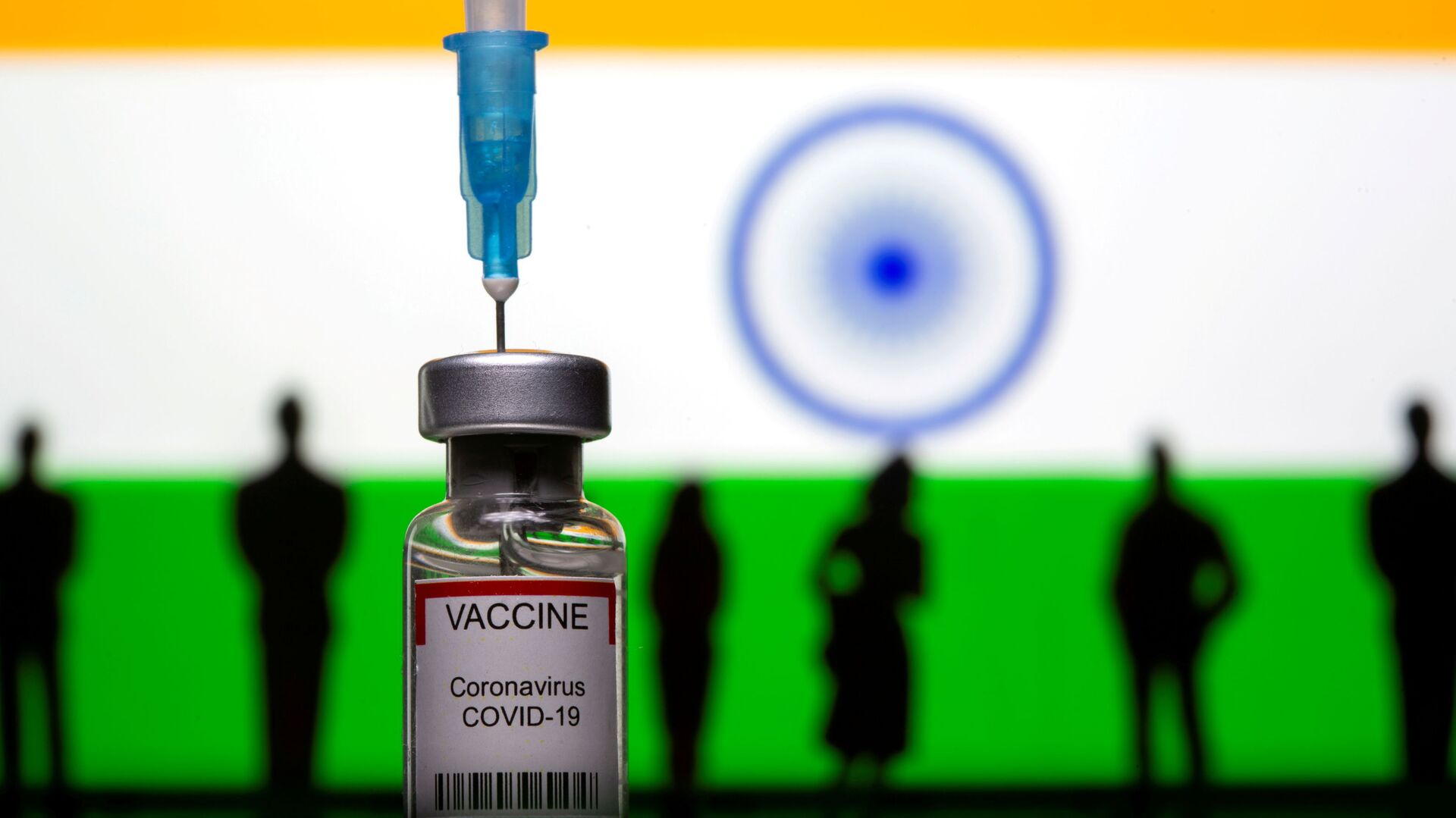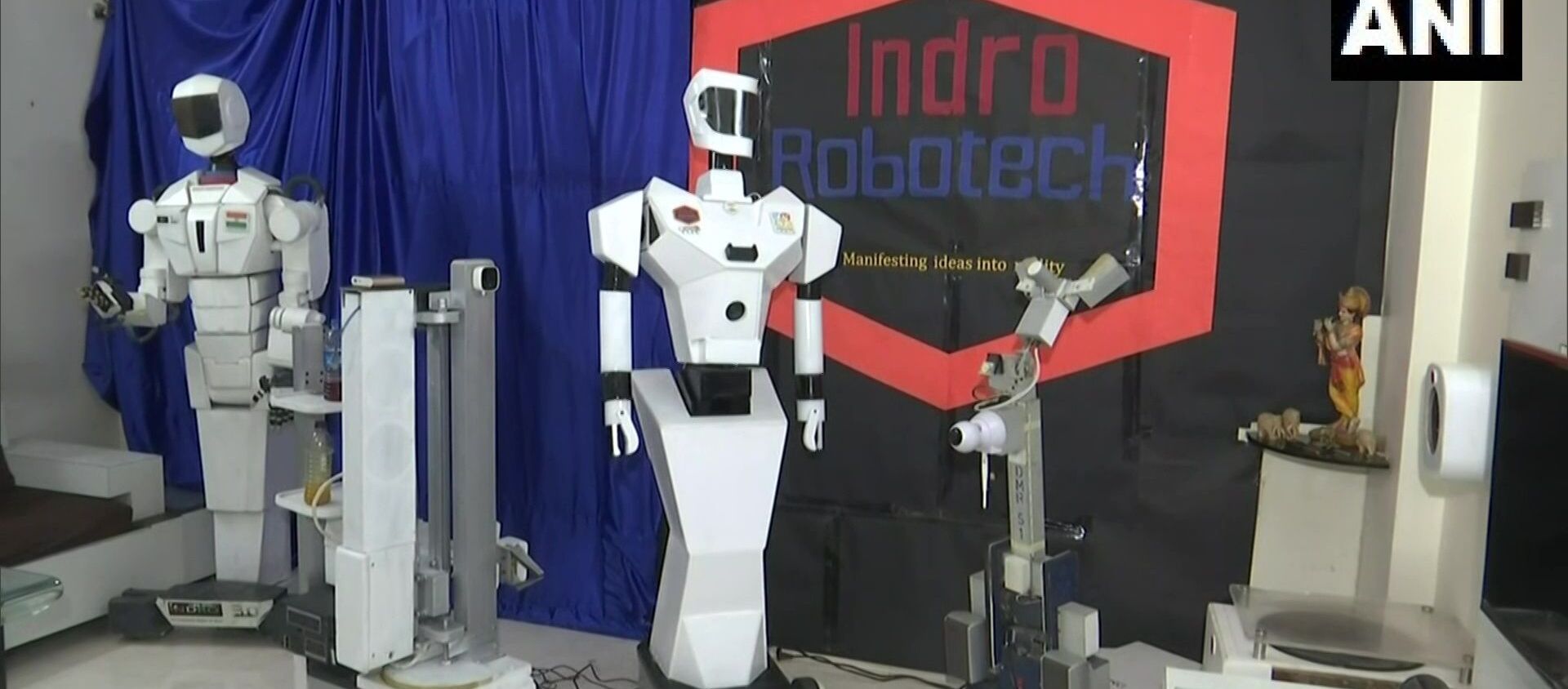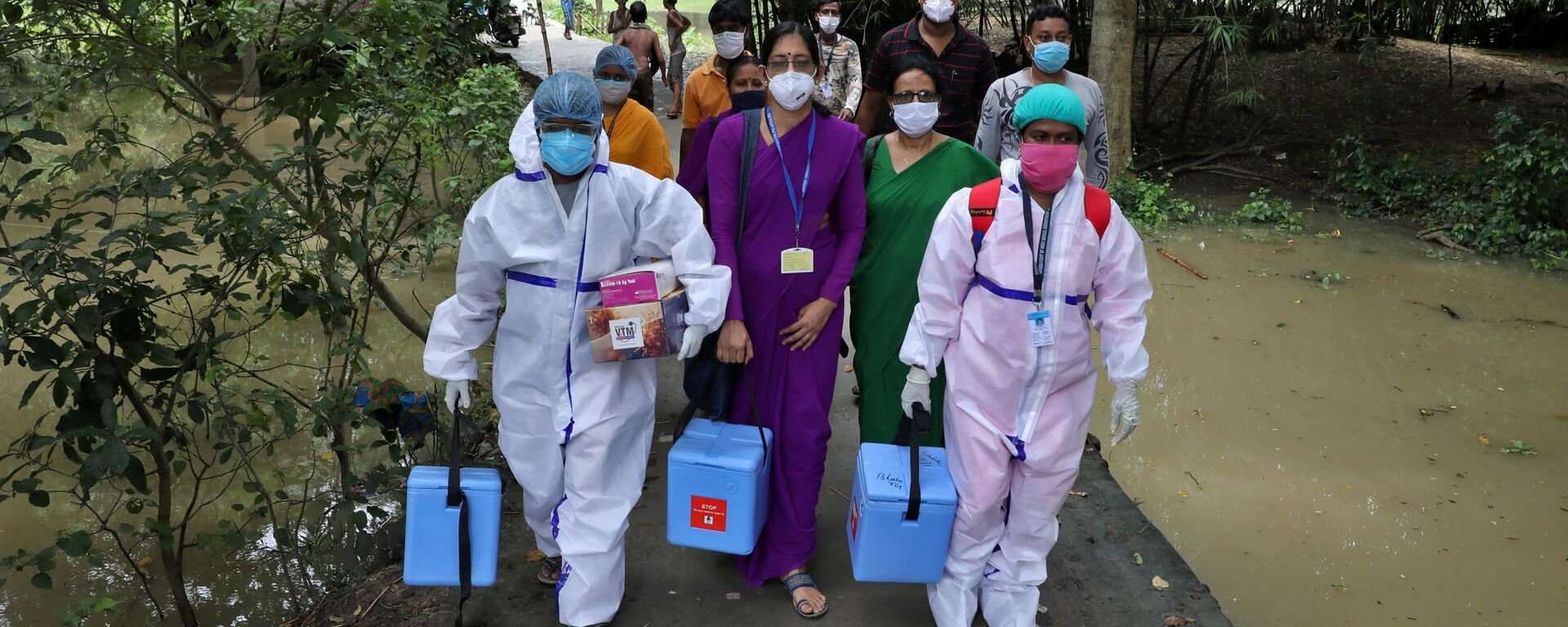Teleconsultation Rescues Millions as COVID-19 Rips Through India's Tattered Healthcare System
11:50 GMT 16.07.2021 (Updated: 10:37 GMT 19.07.2022)

© REUTERS / DADO RUVIC
Subscribe
In India, teleconsultation has been in place for a while now, however, doctors, as well as patients, are hesitant about its effectiveness. Due to the fears of contracting the virus and COVID-induced lockdowns, people have been forced to opt for this and now it is slowly changing doctor-patient interactions.
The second wave of the ongoing pandemic has crippled the India's healthcare sector. Yet, since the beginning of the pandemic telemedicine and related e-health facilities have contributed significantly to healthcare delivery in the country. Teleconsultation as well as other virtual care techniques have now become an important tool for medical practitioners, especially in the ongoing pandemic where hundreds of doctors have lost their lives due to exposure to the virus.
"Many people from rural areas earlier use to travel for hours for general consultations and second opinions, requiring a lot of time and money. Teleconsultation has made quality healthcare accessible and affordable. Though, a lot more is required in terms of connectivity and infrastructure but, still, we are [going] in the right direction", Dr L Sunandhini, Senior Consultant, Internal Medicine at the Aster Prime Hospital told Sputnik.
Moreover, a wide range of new apps has come up while older ones like Practo, DocOn, Docttocare, among others, have increased their customer base too. According to a Global Market Insights report, the telemedicine market will reach around $175.5 billion by 2026. It is noteworthy that despite the World Health Organisation (WHO)-mandated standard of 40 beds per 10,000 patients and a single nurse for every 1,000 patients, India currently has only nine beds per 10,000 patients. However, the boost in virtual healthcare facilities is helping in achieving the accessibility goal.
"Before the pandemic, teleconsultation was not much in practice even in urban and metro cities. Due to the social distancing required during the ongoing COVID-19 pandemic, teleconsultation has emerged as a very useful way of communication between the doctor and patients. The major pros are, patients can continue treatment without break and fear of infection and the cons are physical examination is not possible and lack of connectivity and technology required", Dr Sunandhini said.
Doctors and patients were earlier reluctant to adopt this change due to perceptions about efficacy, and the lack of clarity around regulations for telemedicine. The pandemic, however, has changed everything.
In March of last year, India's Health Ministry issued telemedicine guidelines and it permitted all channels of communication with a patient that leverage information technology platforms, including voice, audio, text, and digital data exchange, and most importantly allowed doctors to prescribe medicines.
"At the peak of the pandemic, I was able to consult 30-40 patients a day, most of them located outside Mumbai where I am based, a large share of them coming from tier-2/3 locations. Particularly for geriatric patients or those suffering from chronic conditions or mobility issues, teleconsultation has proved to be a big boon", Dr Aditi Sinha, Consultant ENT Surgeon at the Masina Hospital told Sputnik.
Dr Sinha also said that there are cases which necessarily require physical examination (like injuries or tumours) and in many other instances teleconsultation needs to be supplemented with a follow-up visit to the doctor.
"With more than 70 percent of the population living in rural areas and a low level of health facilities, mortality rates are high due to diseases. However, telemedicine, the availability of smartphones, and cheap internet facilities have helped rural India access high-quality healthcare", Dr Gowri Kulkarni, Head of Medical Operations at MediBuddy told Sputnik.
According to Rise of Telemedicine – 2020, a joint report by the Telemedicine Society of India and Practo, though physical appointments went down by 32 percent, there is a three-fold increase in the number of people using online consultations, including 26 percent with general practitioners, 20 percent in dermatology, 16 percent in gynecology, and seven percent with others like gastroenterology, ENT, and paediatrics. The report also revealed that there was a 502 percent spike in online consultations from people above the age of 50 during the ongoing pandemic, which contributed to 12 percent of overall consultations.
Earlier this week, the Indian government's new Cabinet announced a package of about $3.1 billion to improve the nation's health infrastructure amid the ongoing 2nd phase of the COVID-19 pandemic. The government has also emphasised integrated digital platforms including telemedicine and teleconsultation along with other measures in this new package.
Last month, former Indian Health Minister Dr Harsh Vardhan had announced that the government's eSanjeevani telemedicine service has crossed 6 million teleconsultations.
— Dr Harsh Vardhan (@drharshvardhan) June 10, 2021
In India, eSanjeevani is first of its kind in the delivery of health services at a national scale.




